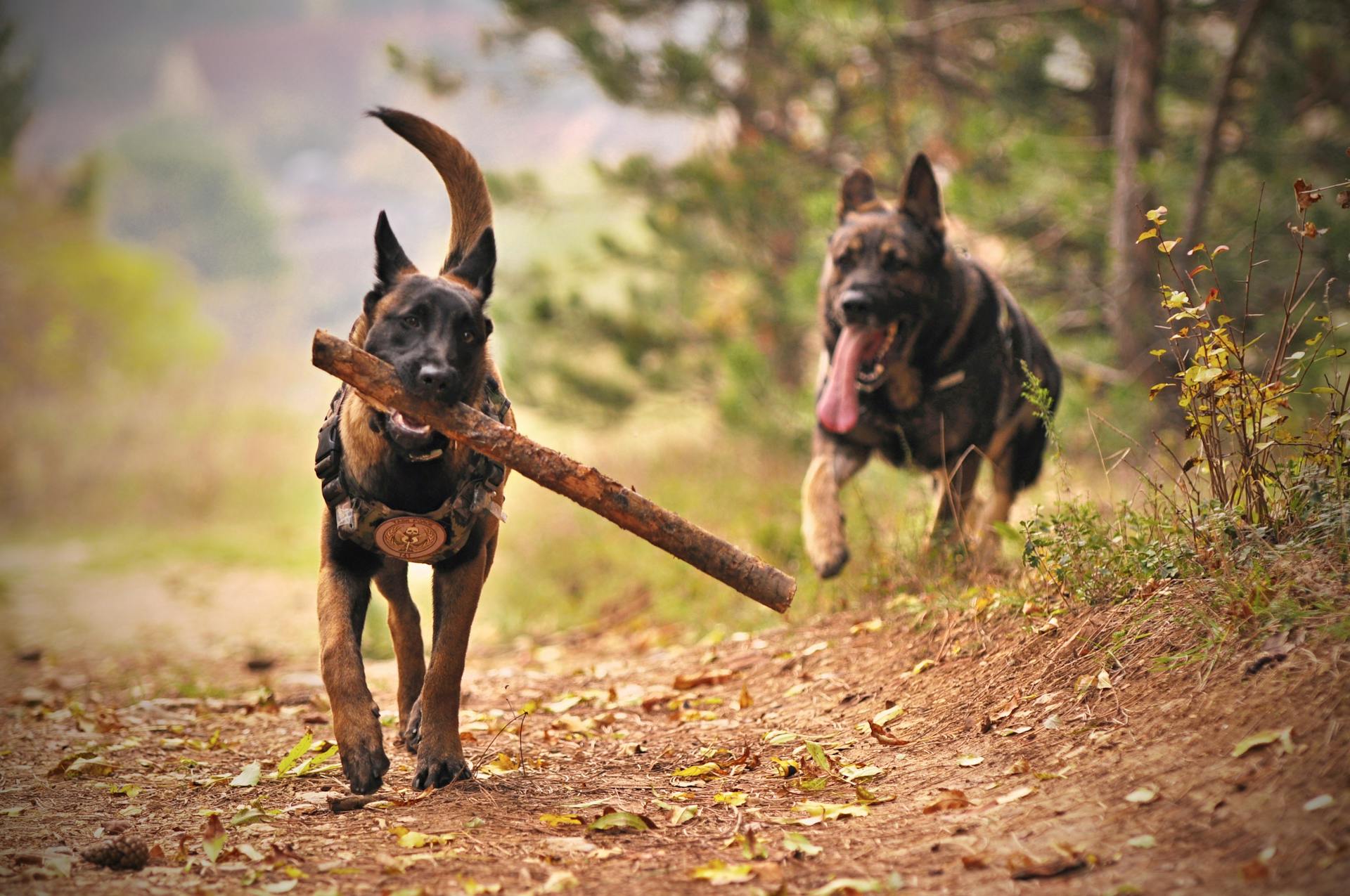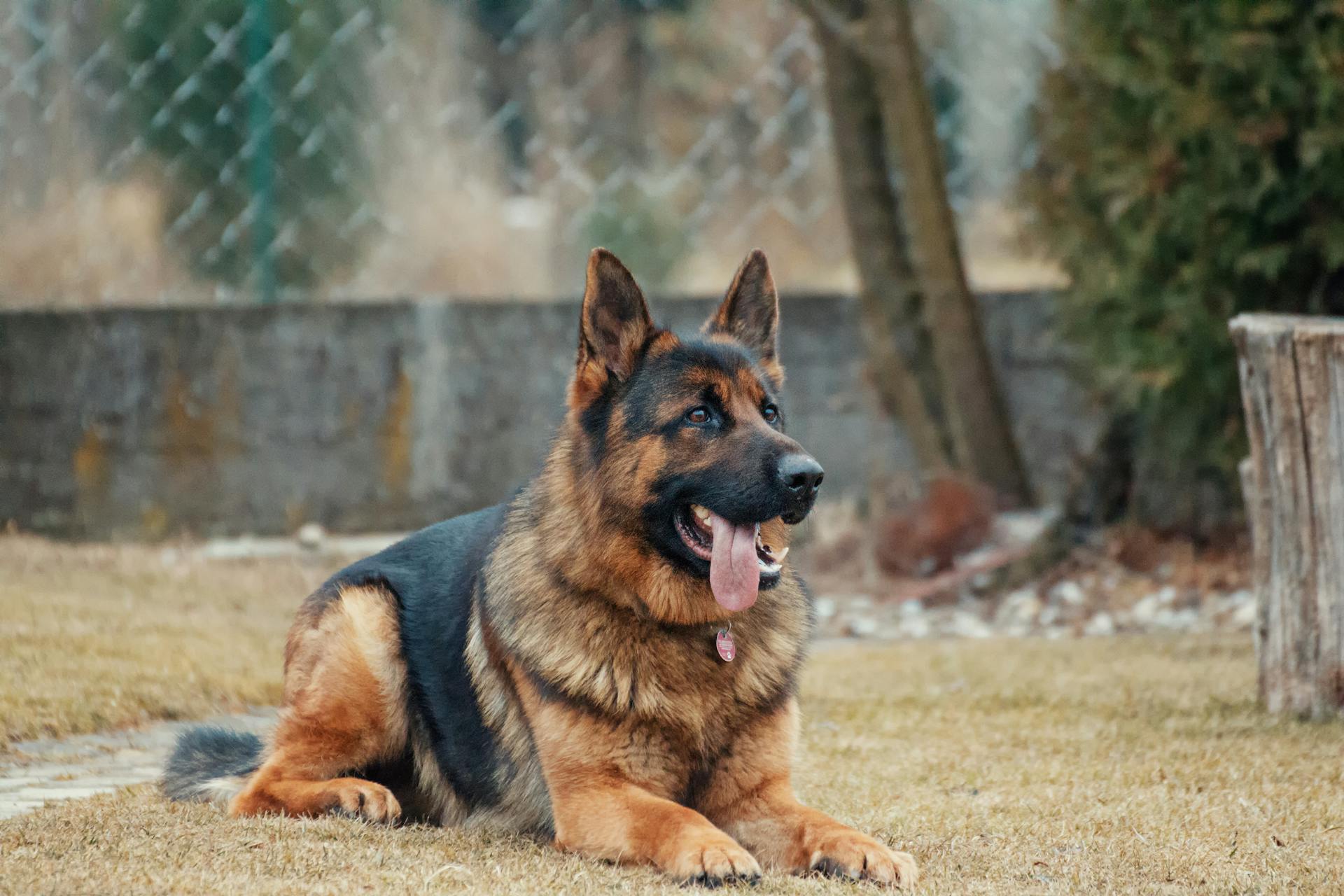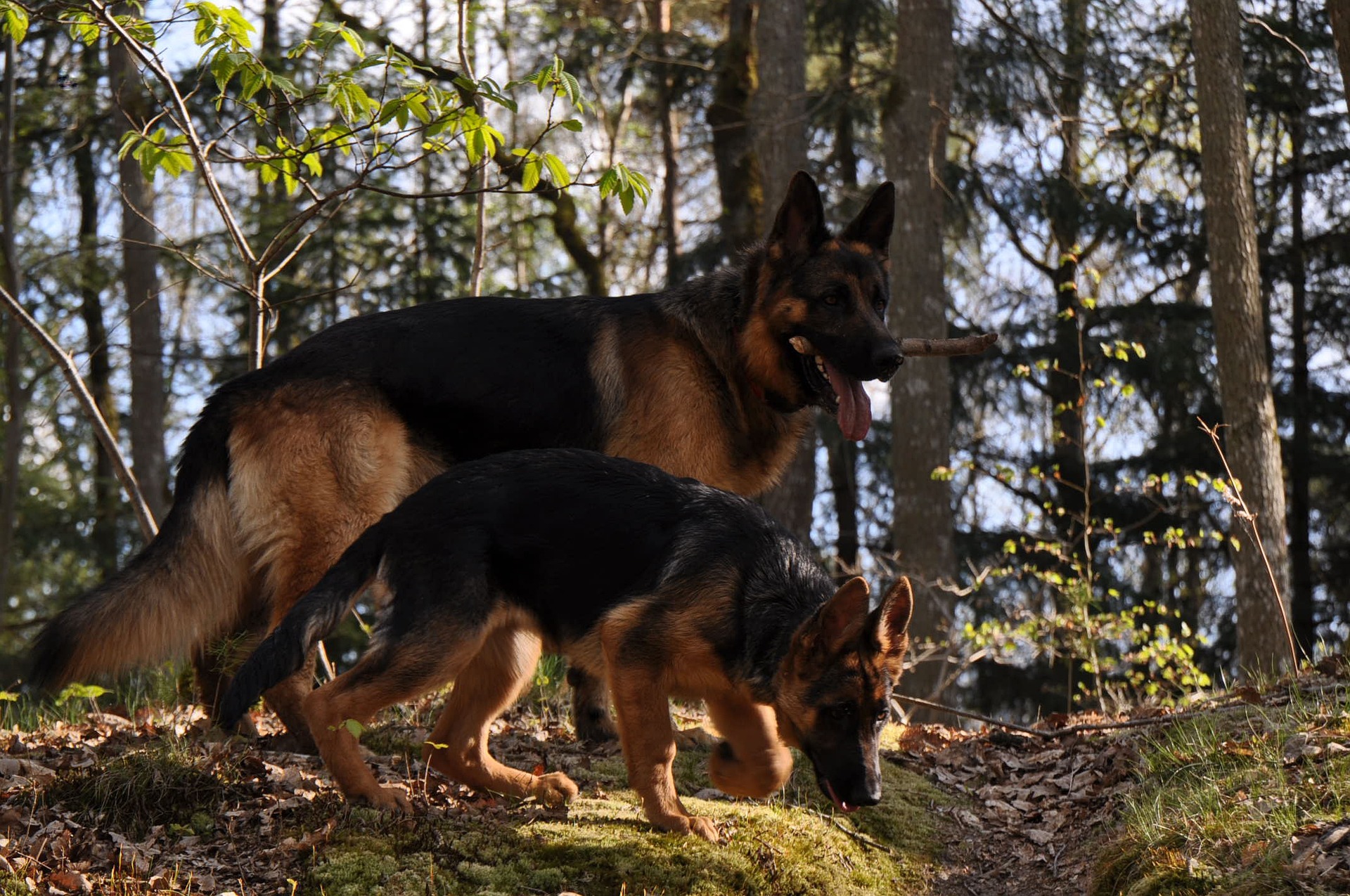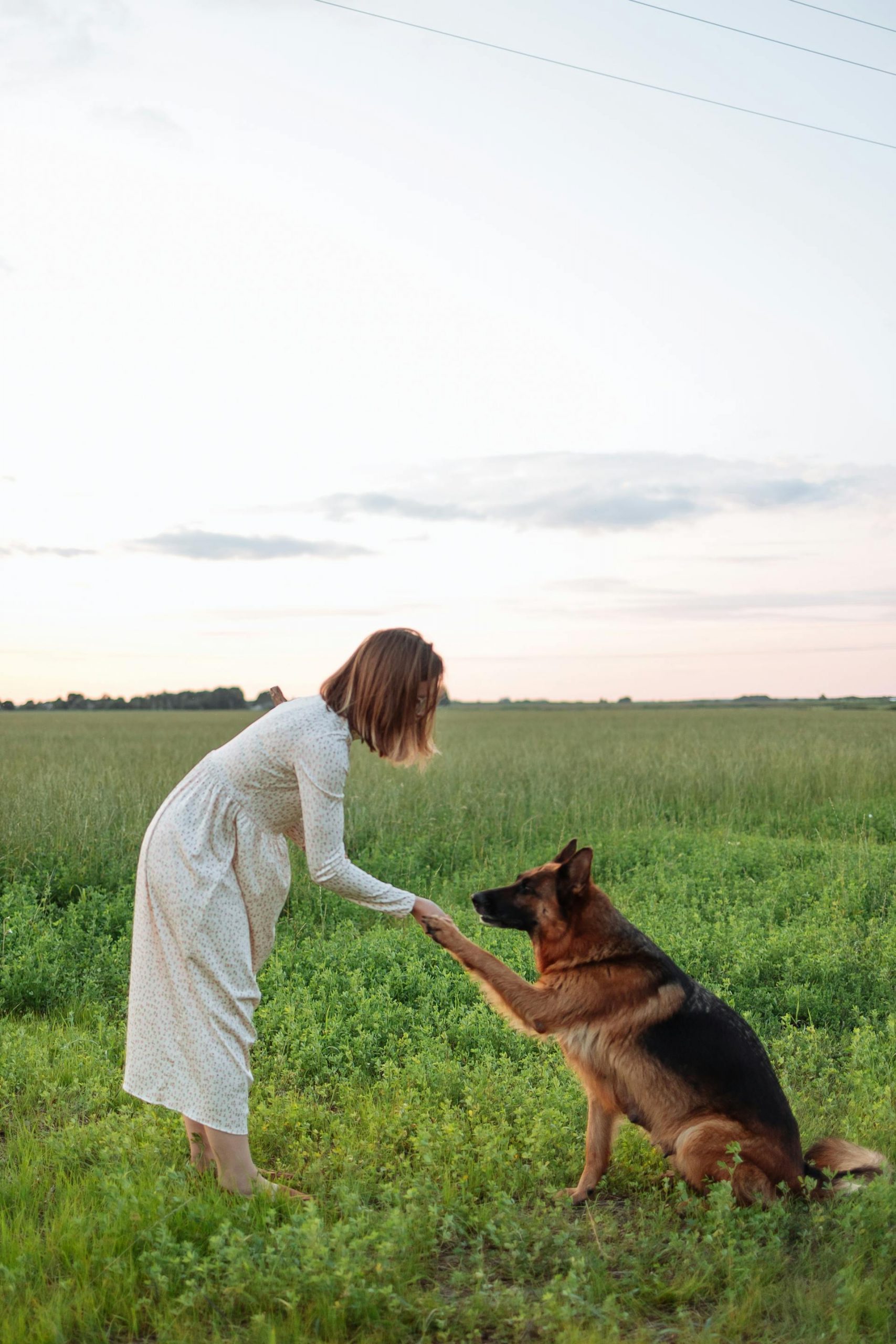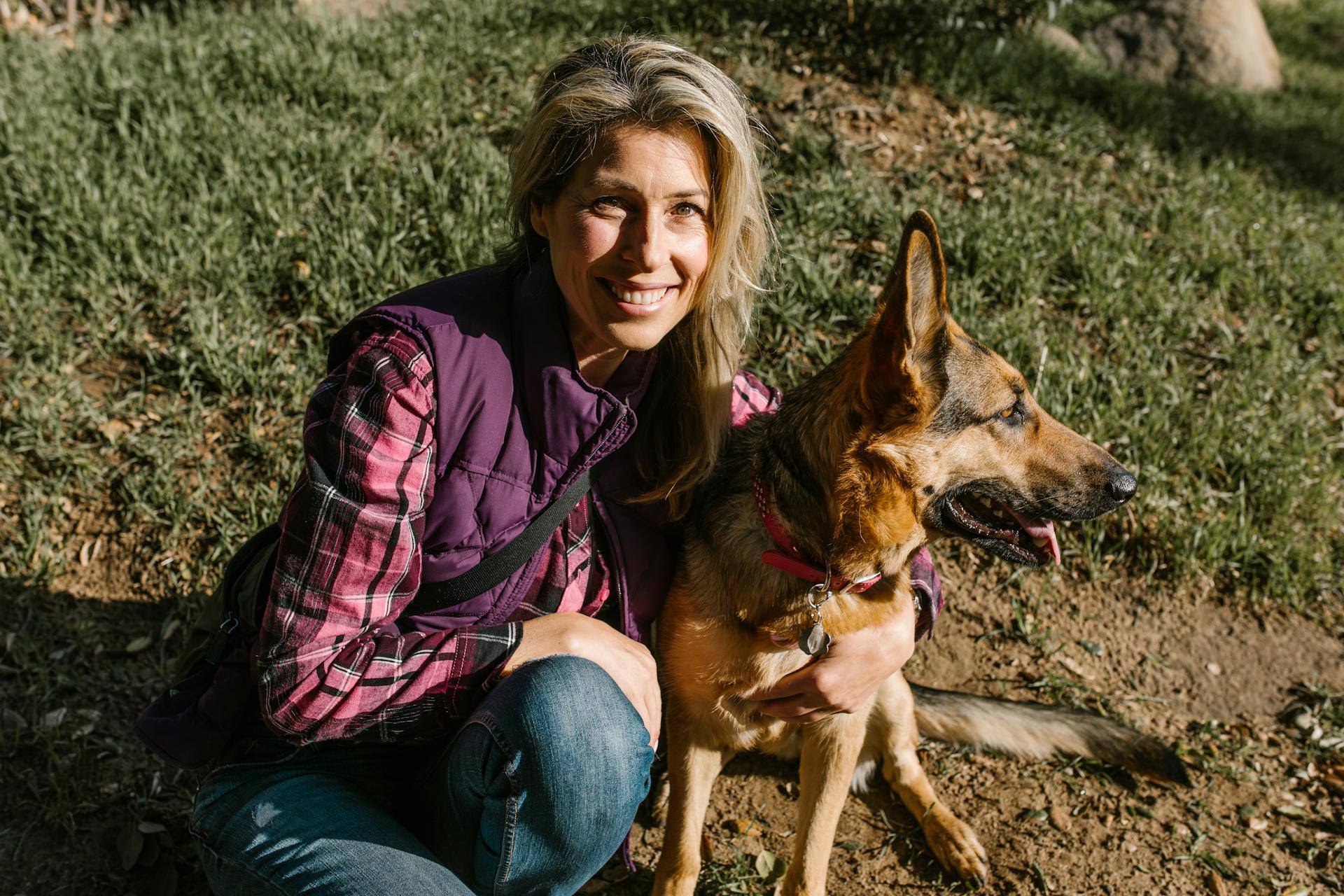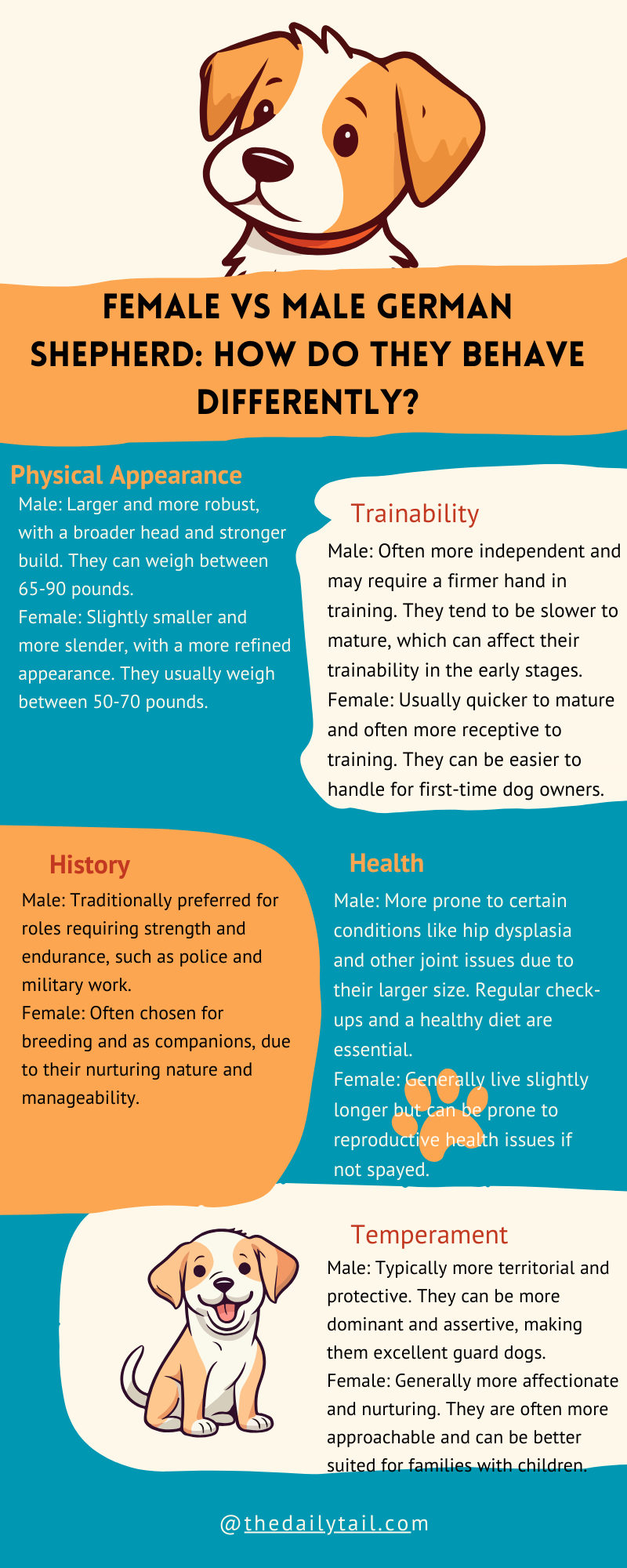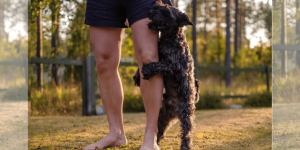When choosing a German Shepherd, potential dog owners often ponder whether a male or female would fit better into their lives. It’s a decision that involves a lot of factors — from size and temperament to the potential role they’ll have whether as a family pet, a working dog, or a loyal companion.
Male German Shepherds are known for their imposing stature, generally coming in a bit taller and heavier than their female counterparts. But size is just one piece of the puzzle.
Female German Shepherds, while usually more petite, are by no means less capable. They often bring a different energy to the table and can excel in various roles, including work settings that historically favored males.
Both genders share an athletic build and a reputation for intelligence and trainability, although males might present a more dominant nature, while females may be seen as more approachable by some. With that in mind, let’s take a look at the female vs male German Shepherd dog breed comparison.
Key Takeaways
- Size and temperament are key distinctions between male and female German Shepherds
- Both genders have the potential to be excellent working dogs or family pets
- The choice between male and female German Shepherds may be influenced by personal preference and the intended role for the dog
Understanding German Shepherds
The German Shepherd is a versatile dog breed, respected for its intelligence and often engaged in work that requires both physical strength and keen intellect. They come with a rich history and show a variety of traits that appeal to dog lovers and professionals alike.
Breed Origins and Roles
German Shepherds hail from—you guessed it—Germany. Back in the late 1800s, they were developed from local shepherd dogs with the aim of creating a breed that excelled in herding sheep. Not only did they turn out to be great herders, but they also had an impressive knack for other types of work.
Their roles have evolved over time, and these days they’re known for more than just sheep herding. They’ve held jobs as guide dogs, in police and military roles, and as loyal family companions.
- Roles Over Time:
- Past: Herding sheep
- Present: Assistance, police work, search and rescue, companionship
Key Characteristics
A German Shepherd is like that smart, reliable friend who’s always there for you. These dogs have a rep for being confident, courageous, and smart as a whip.
Most of the time, they’re pretty chill around the house, but they love a good session of running around or learning new tricks. They’ve got an athletic build and come in both male and female varieties, with the boys generally being a bit bigger.
- Physical Traits:
- Size: Males are larger; females are more petite
- Build: Both have athletic bodies, ready for action
- Energy: High! They’re ready to go whenever you are
Now, it’s not just about size or jobs with them. A German Shepherd’s personality is one to cherish—they form strong bonds and are super loyal to their family. Whether it’s a male or female German Shepherd, you’ve got a friend for life who’s eager to be by your side, through thick and thin.
Physical Attributes
When looking at female vs male German Shepherd dog, you might notice some clear distinctions, especially in size and appearance. They’ve got their own unique looks that can be pretty easy to spot once you know what to look for. The American Kennel Club sets the breed standard for the GSD puppy.
Visual Differences
The very first thing you’ll see when you compare male and female German Shepherds is that they just look a bit different from each other. Males generally have a stockier and more robust appearance. They often flaunt a larger head and a broader body, which gives them that classic guardian dog look.
On the flip side, females tend to appear sleeker with a more refined structure. It’s not just about size; their features, like the width of the shoulders or the shape of the face, can also vary. Both sexes sport a double coat, which is thick and helps them adapt to various weather conditions.
Size Matters: Height and Weight
If you’re curious about the numbers, they’re actually quite telling. Male German Shepherds usually measure up at 24 to 26 inches in height, while their female buddies often stand a bit shorter at about 22 to 24 inches tall.
As for weight, men in the German Shepherd world usually tip the scales at a weighty 75 to 95 pounds. Ladies, on the other hand, are often lighter, with their weights coming in below those of the males. These figures aren’t set in stone, though, because you’ll sometimes meet a smaller male or a bigger female puppy, but they’re not the norm.
Behavior and Temperament
German Shepherd dogs charm us with their diverse personalities and behaviors. They share traits like loyalty and intelligence, but some differences pop up between the boys and the girls.
Personality Traits
When you meet a German Shepherd, you’ll be greeted by a smart cookie. This breed is well-known for being clever and quick to learn.
On the other side of their personality, you’ll find a heart full of loyalty – they stick to their owners like glue. Whether it’s a male or female, the breed is generally friendly, but they also have a strong instinct to protect their home.
Now, let’s talk energy levels. German Shepherds have plenty of it! They love a good run and playtime, and without it, they might get a bit restless.
Calmness and tolerance can be expected if they’re well-exercised and mentally stimulated. These dogs are also quite tolerant of strangers, though a male might take a stance that says, ‘I’ve got my eye on you,’ while females might be a bit more chill from the get-go.
When it comes to prey drive, both males and females can have a strong chase instinct – squirrels beware. But remember, early dog training can teach them to manage those urges.
Gender Influences on Behavior
Peek into the everyday doings of male and female German Shepherds, and you might notice some subtle differences. Males, for one, may act more territorial, sometimes marking their spot all over the place. They can show a bit more dominance, which means you need to be consistent with training.
Female German Shepherds, on the flip side, often come across as gentler. That’s not to say they can’t stand their ground – they’re just as protective when the moment calls for it, only with a softer touch.
Training Your German Shepherd
Every German Shepherd owner knows that an obedient and well-trained dog is a joy to have around. Training should be both fun and rewarding, paving the way for a strong owner-dog relationship. Techniques and approaches may vary a bit between dogs, so let’s talk about how to get started with your pup and what you might notice if you’re training a boy or a girl.
Starting Early: Puppy Training
Training a German Shepherd pup is a mix of patience, consistency, and lots of love. Start by teaching simple commands like sit, stay, come, and heel.
Puppies have short attention spans, so keep sessions short but frequent. Try incorporating playtime with dog training to keep their minds engaged.
Exercise is key. These dogs come from a herding background, so they love to move! Start with short walks and gradually include more challenging activities as they grow. Positive reinforcement works wonders; always praise your pup for a job well done.
Training Differences Between Genders
Now, you might be thinking: are there any differences when training boy vs. girl German Shepherds? Well, yes and no. Both sexes are smart and capable, but their traits can influence training.
In general, males might display a tad more dominance or territorial behavior, which means you’ll need to establish yourself as the pack leader right from the get-go.
Girls can be easier to train due to their focus and less stubborn nature. But don’t let that steer you away from boys; they are just as trainable with a firm, loving hand.
Remember, each dog is an individual, so while these are common trends, they’re not set in stone. Treats and praise work well with both genders; find what motivates your dog, and training will become a breeze.
Health and Care
Taking care of a German Shepherd dog breed, be it male or female GSD, involves paying attention to their health needs and providing them with the proper care to ensure they live a long and happy life. This includes being aware of common health problems and knowing how important diet and exercise are to their overall well-being.
Preventing Common Health Issues
German Shepherds may face certain health issues, including hip dysplasia and degenerative myelopathy. To keep such problems at bay or to lessen their impact, regular vet check-ups are critical. These check-ups can catch issues before they become severe.
Also, spaying females can help prevent mammary tumors and is beneficial in avoiding unwanted heat cycles that may attract male dogs and lead to unwanted pregnancies.
- Allergies: Identifying and avoiding allergens is important. Pay attention to symptoms like itching or gastrointestinal problems, as they may indicate an allergy
- Bloat: This serious condition can be life-threatening. Make sure to feed your dog smaller, frequent meals and avoid vigorous exercise right after eating
Importance of Diet and Exercise
A balanced diet and regular exercise are non-negotiable for a German Shepherd’s care.
- Feeding: They need high-quality dog food appropriate for their age, size, and activity level. It’s also key to measure their food and not leave food out to avoid overeating
- Lifestyle: Exercise is essential for keeping your German Shepherd in tip-top shape. They need plenty of it to maintain their muscle mass and to prevent obesity, which in turn can reduce the risk of other health problems
Bonding with Your German Shepherd
Fostering a close bond with a German Shepherd involves trust and integrating them into the family. These dogs thrive on companionship and structure, making them excellent family pets as well as suitable for roles like police work due to their protective instincts.
Creating a Trusting Relationship
Building a relationship with a German Shepherd, whether it’s a male puppy or female dog, starts with consistent and gentle training. Patience is key.
These dogs are smart and respond well to positive reinforcement. When they do something right, let them know with plenty of praise and the occasional treat. It’s also important to set clear boundaries so they feel secure in their environment. Whether it’s a male with high energy levels or a calmer female, they both need to understand what is expected of them.
Regular grooming sessions provide a wonderful opportunity to strengthen your bond. Brushing not only keeps their coat looking great but also gives you time to establish a sense of trust and care. Make sure to keep it positive and relaxing for them.
Socialization and Family Integration
From the get-go, introducing your German Shepherd puppy to different people, animals, and environments is a must. Socialization can influence how they interact with children, strangers, and other pets. They can be a protective watchdog, so teaching them how to behave around the family and visitors is essential.
Puppies, in particular, benefit from early exposure to various situations; it helps them to become well-adjusted adults.
If you bring a German Shepherd into a family with children, supervise interactions and educate the children on how to treat the dog with respect.
Remember that females can be a bit more cautious, and some may have possessive traits, especially if they are in heat. On the other hand, males may sometimes be more assertive or playful.
Both males and females do well with consistent routines, including a balanced diet and sufficient exercise. These are the foundation for a healthy, happy dog, which in turn makes for a loyal companion.
Adherence to the American Kennel Club’s guidelines for care and breeding can help ensure the well-being of your German Shepherd, allowing the bond between you to grow stronger.
The Gender Debate: Male vs Female
Deciding between a male or female German Shepherd isn’t just about personal preference. It’s about understanding each gender’s unique qualities and what fits best with your lifestyle.
What to Consider When Choosing
When thinking about getting a German Shepherd, the decision between a male or female can seem tough. They’ve got their own quirks and qualities that might make one a better fit for your home than the other.
It’s not just about size or looks; it’s about their energy, how they move, their natural role as a protector, and the commitment you’re willing to make to your new furry friend.
- Size: Male dogs are often bigger, with more heft behind them. Females tend to be a bit lighter
- Temperament: Males can be bold and confident, while females might be a bit easier to manage
- Protection: If you’re looking for a natural protector, both genders are keen, but males might have more of an imposing presence
- Commitment: Training and socialization are key for either gender to ensure they’re well-behaved members of the family
Advantages and Challenges of Each Gender
Let’s get down to the nitty-gritty. Both male and female German Shepherds have their perks and points to watch out for. It’s not about good or bad but what works for you.
Male German Shepherds:
- Pros:
- Male German Shepherds have a strong presence
- They are confident protectors
- They are impressive in size
- Cons:
- They can be territorial
- They might need firm training
- Their larger size means they need more food and space
Female German Shepherds:
- Pros:
- Female German Shepherds are generally easier to train
- They might adapt quicker to families
- They are less intimidating to guests
- Cons:
- They can also be protective and territorial, just like their male counterparts
- They go through heat cycles if not spayed
Choosing between male and female German Shepherds comes down to what vibes with you. Whether it’s a male’s impressive stature or a female’s smart adaptability, both genders bring joy and commitment to the table.


